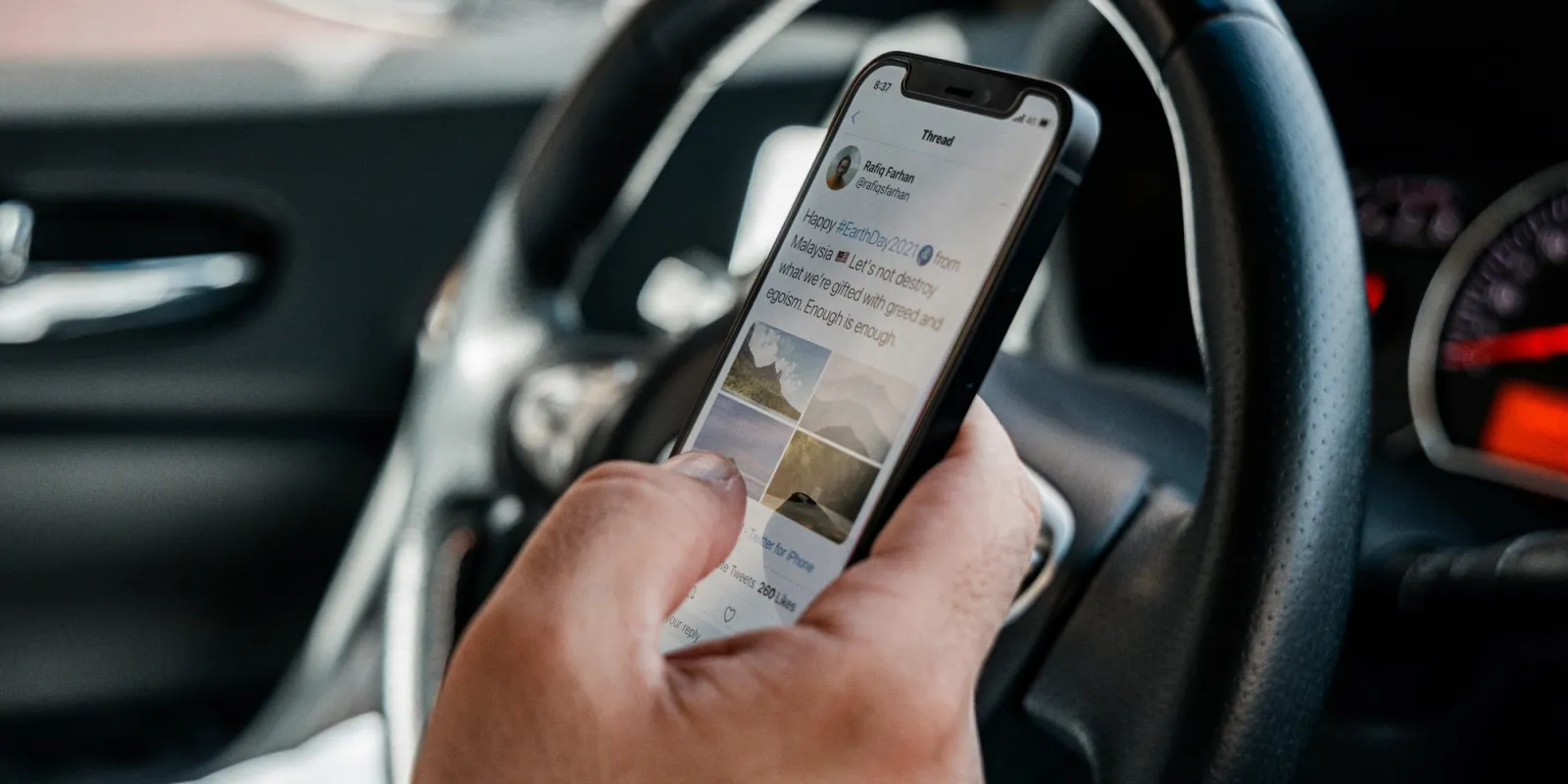Apple's new Vehicle Motion Cues feature offers real-time haptic, visual, and auditory alerts to assist passengers with motion sensitivity during travel.

Apple has long been at the forefront of technological innovation, but what truly sets the company apart is its unwavering commitment to accessibility. Whether it’s through voice control, screen readers, or real-time text, Apple continually strives to ensure its products cater to a wide range of users, including those with disabilities. With the latest announcement of the Apple Vehicle Motion Cues, Apple takes its accessibility efforts even further, focusing on those who face challenges with vehicular travel. In this blog, we’ll take a closer look at this new feature, exploring what it offers and how it promises to change the lives of many.
Read also : How you can customize your iPhone with gold and diamond
What Are Apple Vehicle Motion Cues?
Apple Vehicle Motion Cues is an advanced feature designed to assist individuals who experience motion sensitivity or motion sickness while traveling in vehicles. The idea behind this accessibility feature is to offer real-time cues that help users anticipate vehicle movements, such as acceleration, turns, and stops. This is particularly important for people who suffer from conditions like vertigo, migraine, or other balance disorders that make riding in a car or any vehicle uncomfortable or even unbearable.
By using sensory inputs like haptic feedback, visual cues, and auditory alerts, Apple Vehicle Motion Cues aims to prepare passengers for upcoming vehicle movements, allowing them to better adjust to motion changes. This will be integrated into Apple's wider suite of services, making it seamlessly available across Apple’s ecosystem, including iPhones, Apple Watches, and potentially in-car systems as the tech giant continues to explore the automotive space.
The Importance of Accessibility in Vehicles
While car manufacturers have made strides in making vehicles safer and more comfortable, there’s still a significant gap when it comes to making travel accessible for individuals with motion sensitivity. Many suffer from nausea, dizziness, or disorientation due to unexpected motions during travel, which can make even short trips stressful. Apple recognizes this gap and aims to address it with the Apple Vehicle Motion Cues.
For example, passengers who suffer from motion sickness often struggle because they can't anticipate when a car will accelerate, decelerate, or take sharp turns. Apple Vehicle Motion Cues will help these passengers by giving them real-time alerts, offering a more comfortable travel experience.
How Will Apple Vehicle Motion Cues Work?
Apple Vehicle Motion Cues will likely combine various Apple technologies to deliver these real-time alerts. While the full details of the feature are yet to be fully disclosed, here’s what we know so far:
-
Haptic Feedback: Apple's advanced haptic engines could be used to provide subtle vibrations on devices like iPhones or Apple Watches, signaling an upcoming vehicle movement. This physical feedback will give users a heads-up about changes in motion without needing them to rely on visual cues.
-
Visual Cues: On-screen alerts on Apple devices can help passengers see what's coming up. For instance, before a car takes a sharp turn, the device may display an arrow or a simple visual graphic, indicating the motion change.
-
Auditory Alerts: For those who might have visual impairments, auditory cues will provide an alternative. Siri or another voice feature might announce, “Left turn ahead” or “Braking in 50 meters,” giving users ample time to brace themselves.
-
Real-Time Integration: To make this possible, Apple Vehicle Motion Cues will likely work through integration with in-car GPS systems or Apple Maps, allowing real-time updates based on the car’s current route and speed.
Why Motion Sensitivity Matters
Motion sensitivity can affect people of all ages and can significantly impact their quality of life. Whether it’s car rides, flights, or even amusement park rides, individuals with motion sensitivity often find it difficult to enjoy experiences that others take for granted.
Some of the common causes of motion sensitivity include:
- Motion Sickness: A condition where the inner ear, eyes, and brain receive conflicting signals, causing dizziness, nausea, and fatigue.
- Vertigo: A sense of spinning or losing balance, often triggered by motion.
- Migraine-Associated Vertigo: People with migraines may experience dizziness or vertigo during travel.
Apple Vehicle Motion Cues are designed with these conditions in mind, making travel more inclusive and accessible for individuals who experience these symptoms.
Apple's Broader Commitment to Accessibility
Apple’s commitment to accessibility goes beyond just the latest Vehicle Motion Cues. The company has consistently focused on making its devices and services accessible to as many people as possible. Some notable accessibility features already available across Apple’s ecosystem include:
- VoiceOver: A screen reader for people with visual impairments.
- Magnifier: An easy-to-use tool that turns your device into a magnifying glass.
- Siri Shortcuts for Accessibility: Users can create personalized voice commands to navigate apps and features.
- AssistiveTouch: Allows users with motor skill impairments to control their devices using gestures like pinching and swiping.
Apple Vehicle Motion Cues builds on this legacy, showing that the company is not just interested in creating cutting-edge technology, but also in ensuring that these advancements benefit everyone, including those with specific accessibility needs.
Apple and the Future of Automotive Innovation
This new accessibility feature also signals Apple’s increasing interest in the automotive industry. While Apple hasn’t officially announced an Apple car, rumors have swirled for years about Apple’s Project Titan—a self-driving electric vehicle initiative. The Apple Vehicle Motion Cues could be a precursor to deeper integration between Apple and the world of automobiles, signaling that Apple might be testing the waters in vehicular technology.
Moreover, Apple’s strong focus on user experience and accessibility could set it apart from other tech companies and traditional car manufacturers. Should Apple enter the automotive market, you can expect accessibility to be at the forefront of their design considerations.
Conclusion
Apple Vehicle Motion Cues is an exciting new step in the company’s long-standing commitment to accessibility. By offering real-time motion alerts through haptic feedback, visual cues, and auditory signals, Apple is making it easier for people with motion sensitivity to travel in vehicles comfortably. While this feature may be just the beginning, it shows Apple’s willingness to think outside the box when it comes to accessibility—ensuring that everyone, regardless of their physical challenges, can benefit from its technology.
Categories: How to
